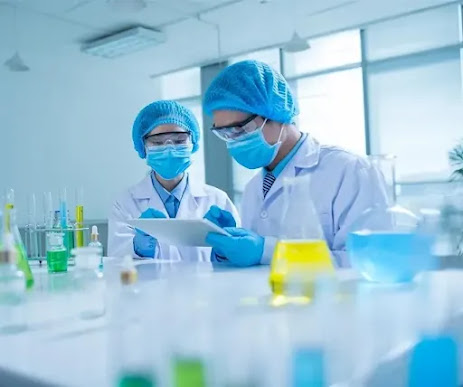The Art of Precision: Exploring Cleanroom Manufacturing
Introduction:
In the world of advanced technology and intricate industries, precision is paramount. Cleanroom manufacturing stands as a testament to the pursuit of perfection in various fields such as electronics, pharmaceuticals, aerospace, and biotechnology. This specialized approach to production goes beyond the traditional manufacturing environment, creating a controlled and sterile space where the air quality, temperature, and humidity are meticulously regulated. Let's delve into the intricacies of cleanroom manufacturing and understand its significance in today's cutting-edge industries.
The Genesis of Cleanroom Manufacturing:
Cleanroom manufacturing has its roots in the mid-20th century, emerging as a response to the increasing demand for products with minimal contamination. Initially pioneered by the aerospace and semiconductor industries, cleanroom practices quickly expanded to include pharmaceuticals, biotechnology, and even some areas of healthcare.
Key Features of Cleanroom Environments:
1.Stringent Environmental Control:
Cleanrooms are designed to maintain a highly controlled environment. The air is constantly filtered to remove particles, and temperature and humidity levels are closely monitored. This meticulous control ensures that the manufacturing process is not compromised by external contaminants.
2.Classifications and Standards:
Cleanrooms are classified based on the number and size of particles allowed per cubic meter of air. The International Organization for Standardization (ISO) defines these classifications, ranging from ISO 1 (fewest particles allowed) to ISO 9 (least stringent).
3.Specialized Clothing and Equipment:
Personnel working in cleanrooms wear specialized garments, including coveralls, gloves, and headgear, to prevent the introduction of contaminants. Tools and equipment used in cleanrooms are also carefully selected and regularly cleaned to maintain the highest level of cleanliness.
Applications Across Industries:
1.Semiconductor and Electronics:
The semiconductor industry heavily relies on cleanroom manufacturing to produce microchips and electronic components. Even a tiny particle of dust can disrupt the intricate circuitry of these devices, making cleanrooms essential for ensuring product quality.
2.Pharmaceuticals and Biotechnology:
In pharmaceutical and biotech manufacturing, maintaining a sterile environment is crucial to prevent contamination of drugs and biological products. Cleanrooms play a pivotal role in ensuring the safety and efficacy of these products.
3.Aerospace and Medical Devices:
Cleanroom manufacturing is also prevalent in the aerospace sector for the production of sensitive equipment and in the medical device industry to manufacture precision instruments and implants.
Challenges and Future Trends:
1.Cost and Complexity:
Setting up and maintaining a cleanroom is a costly endeavor. The stringent requirements and ongoing maintenance make cleanroom manufacturing a significant investment for companies.
2.Advancements in Technology:
As technology continues to evolve, so do cleanroom technologies. Innovations such as advanced filtration systems, robotics, and automation are helping to improve efficiency and reduce the risk of human error in cleanroom environments.
3.Global Pandemic Impact:
The COVID-19 pandemic has highlighted the importance of cleanroom practices in healthcare and vaccine manufacturing. The demand for cleanroom facilities in the pharmaceutical industry has surged, emphasizing the need for flexibility and scalability in cleanroom design.
Conclusion:
Cleanroom in UAE manufacturing stands at the forefront of precision and quality in various industries. As technology advances and global challenges shape the manufacturing landscape, the role of cleanrooms will likely continue to expand. The pursuit of perfection in production processes remains a driving force behind the evolution of cleanroom manufacturing, ensuring that the products we rely on are of the highest quality and reliability.




Comments
Post a Comment